Heavy Duty Polyurethane Wheels
Polyurethane Roller Coaster Wheels
Polyurethane wheels are a critical component in the safe and efficient operation of roller coasters at amusement parks. These wheels are specifically engineered to withstand high-speed movement, dynamic loads, and extreme environmental conditions, all while delivering a smooth and quiet ride experience. Their unique combination of resilience, strength, and wear resistance makes them ideal for the rigorous demands of modern roller coaster systems.
Key Features
1.High Load-Bearing Capacity
Polyurethane wheels are designed to support the heavy weight of roller coaster cars and passengers. The material’s excellent load-bearing properties ensure that the wheels maintain structural integrity even under intense centrifugal and gravitational forces.
2.Superior Wear Resistance
These wheels offer exceptional resistance to abrasion and tearing, ensuring a long service life even with continuous daily operation. This durability reduces maintenance frequency and minimizes downtime in amusement park operations.
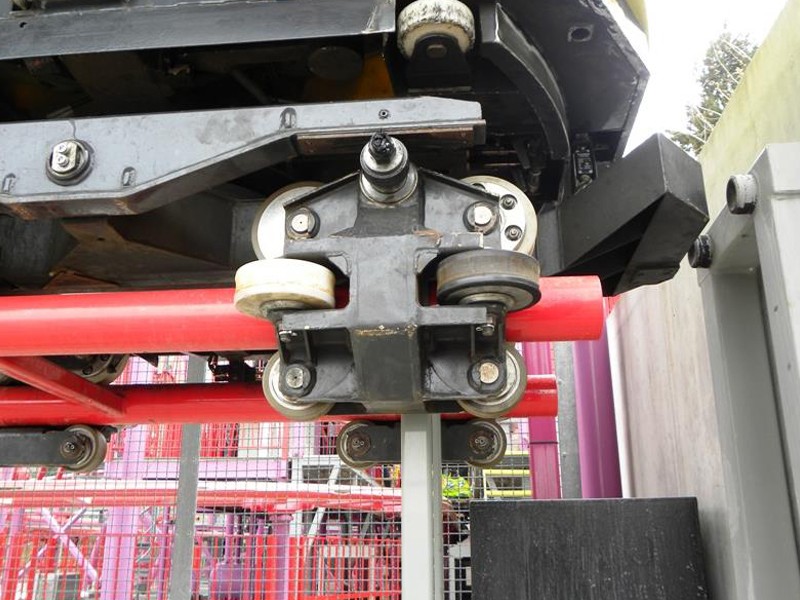
3.Noise and Vibration Reduction
One of the standout benefits of polyurethane wheels is their ability to absorb vibrations and reduce noise during operation. This enhances ride comfort and helps amusement parks maintain a more pleasant environment for guests.
4.High-Speed Performance
Polyurethane wheels are capable of maintaining stability at high speeds, which is crucial for roller coaster applications. The material resists heat build-up caused by friction, helping to prevent wheel degradation and maintain consistent performance.
5.Customizable Hardness and Design
Depending on the specific ride requirements, polyurethane wheels can be manufactured in various hardness levels (durometers), sizes, and core materials (such as aluminum or steel) to achieve optimal traction, flexibility, and durability.
6.Weather and Chemical Resistance
Polyurethane performs well in diverse weather conditions and resists degradation from exposure to UV rays, moisture, oils, and chemicals — making it suitable for both indoor and outdoor roller coaster installations.
Applications in Roller Coaster Systems
Roller coasters typically use three different types of polyurethane wheels:
Running Wheels: These are the primary load-bearing wheels that run along the top of the track.
Side Friction Wheels (Guide Wheels): These maintain lateral stability and keep the coaster car aligned during turns.
Upstop Wheels: These prevent the coaster car from lifting off the track during rapid elevation changes or inversions.
Each of these wheels may feature a polyurethane tread to combine strength with shock absorption, ensuring a safe and exhilarating ride experience.
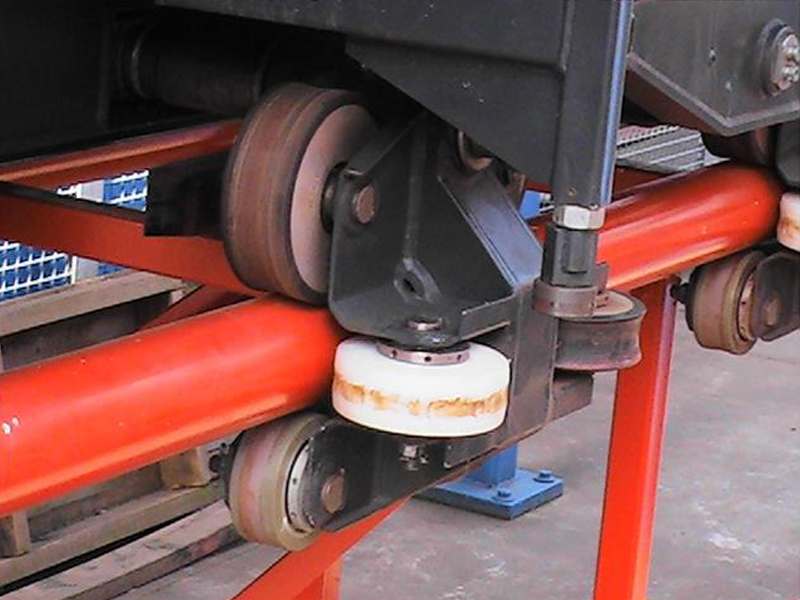
Polyurethane roller coaster wheels play a pivotal role in delivering the thrill, safety, and reliability that guests expect from amusement parks. Their ability to withstand extreme forces while offering long-lasting performance makes them a preferred choice over traditional rubber or metal alternatives. As ride designs continue to evolve, high-performance polyurethane wheels will remain essential for supporting innovative coaster engineering and world-class amusement experiences.
Latest News & Blog
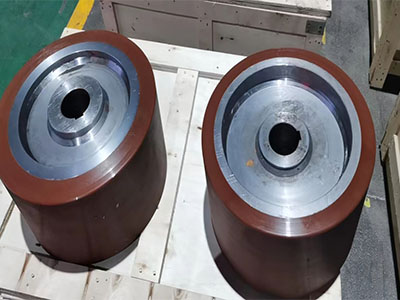
How Polyurethane Wheels Improve Stacker Performance in Harsh Environments
11 May, 2023Polyurethane wheels can effectively reduce vibration and buffer performance, which can make the stacker can run smoothly in different terrain and environment, and improve operation efficiency.
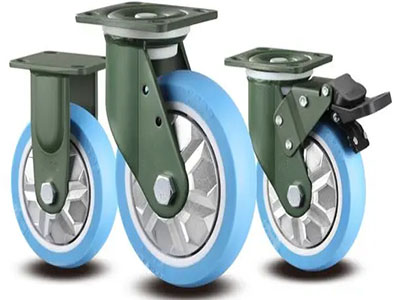
Different Types of Polyurethane Coating Wheels
11 May, 2023Polyurethane wheels occupy an important market with its unique characteristics and application scenarios, including TPU wheels, CPU wheels and PUE wheels, etc., each has advantages such as ground protection, friction resistance, UV resistance, etc., suitable for different occasions, improve work efficiency.
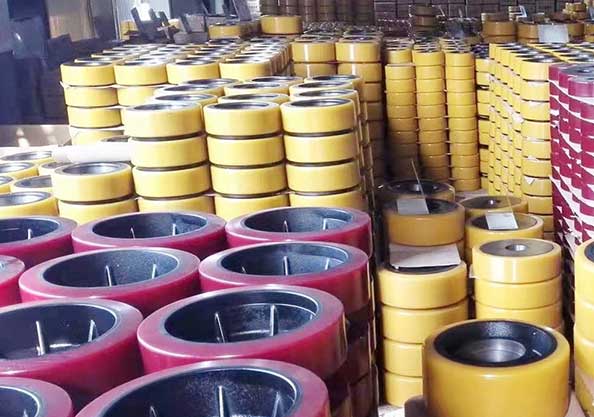
Drive Rollers for Pallet Trucks and Forklift Trucks
11 May, 2023We provide a standard range that includes a variety of drive rollers for pallet trucks and forklift trucks, as well as drive and running wheels for a variety of industrial trucks.

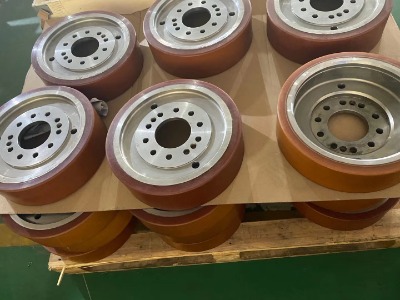
Flange-Mounted Vulkollan Wheels for AGVs
11 May, 2023Vulkollan wheel offers exceptional load-bearing capacity, outstanding wear resistance, excellent resistance to oil and chemicals, as well as superior damping effects against impacts and vibrations.